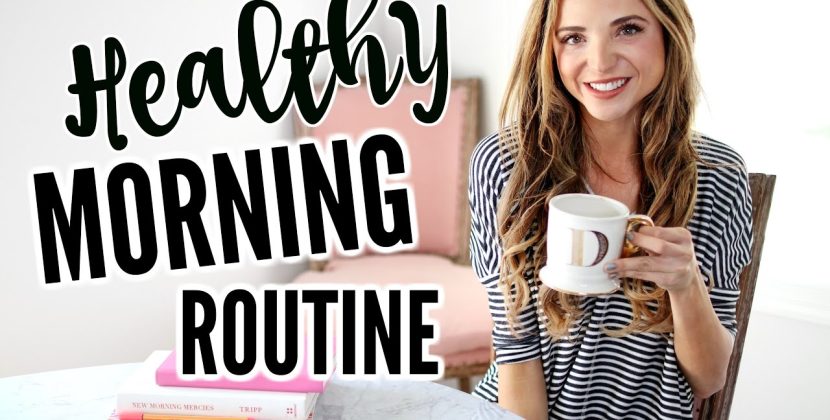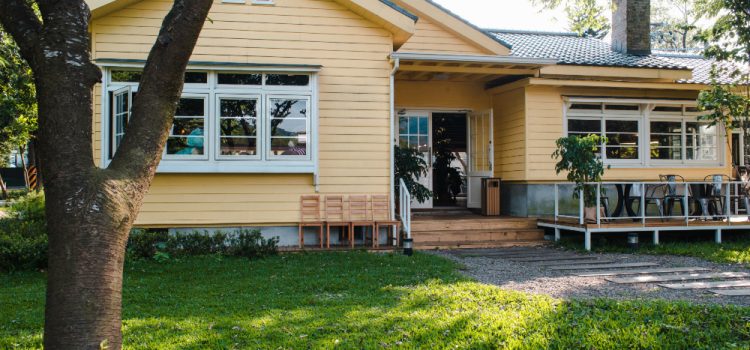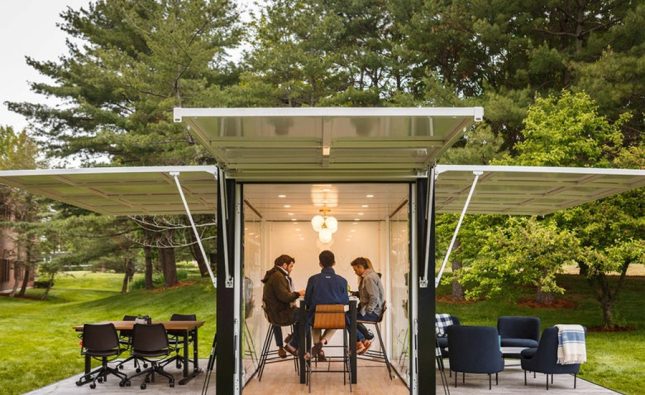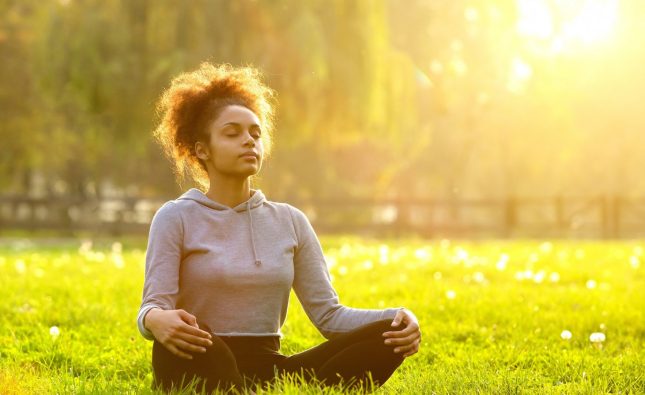
Subtitle 1: Understanding the Importance of Pollinators
Pollinators, such as bees, butterflies, and birds, play a crucial role in our ecosystem. They facilitate the pollination process, which is essential for the reproduction of flowering plants. Unfortunately, bees, in particular, are facing numerous challenges, including habitat loss, pesticide exposure, and climate change. By creating a pollinator-friendly garden, you can contribute to their conservation efforts and help ensure the survival of these vital creatures.
Subtitle 2: Choosing the Right Plants
Selecting the right plants is the foundation of a pollinator-friendly garden. Opt for native flowering plants, as they have evolved alongside local pollinators and provide the necessary food sources. Look for plants that bloom at different times throughout the year to provide a continuous supply of nectar and pollen. Some excellent choices include lavender, sunflowers, coneflowers, and milkweed, which is essential for monarch butterflies.
Subtitle 3: Providing Shelter and Nesting Sites
In addition to food sources, pollinators also require suitable shelter and nesting sites. Incorporate diverse vegetation, such as shrubs, trees, and grasses, to create a variety of habitats. Dead wood, hollow stems, and rock piles can serve as nesting sites for solitary bees. Leave some areas of bare soil for ground-nesting bees. Providing water sources, such as shallow dishes with pebbles for perching, can also attract pollinators.
Subtitle 4: Avoiding Pesticides and Chemicals
Pesticides and chemicals can be harmful to pollinators. Instead, opt for natural pest control methods, such as companion planting, which involves growing plants that repel pests or attract beneficial insects. Introduce ladybugs, lacewings, and other predatory insects to control pest populations naturally. If you must use pesticides, choose organic and bee-friendly options, and apply them during the late evening when bees are less active.
Subtitle 5: Creating a Welcoming Environment
To make your garden more inviting to pollinators, consider adding features that attract them. Install bird baths or shallow water sources with rocks for perching. Place rocks or logs in sunny spots for butterflies to bask in the sun. Provide nesting boxes for solitary bees and hummingbird feeders for these tiny pollinators. By creating a diverse and welcoming environment, you can encourage a wide range of pollinators to visit your garden.
Subtitle 6: Spreading the Word
Lastly, spread awareness about the importance of pollinators and the steps individuals can take to help them. Share your experiences and knowledge with friends, family, and neighbors. Consider joining local conservation groups or participating in community initiatives focused on pollinator conservation. By working together, we can make a significant impact in protecting pollinators and preserving our natural ecosystems.
In conclusion, creating a pollinator-friendly garden is a rewarding and impactful way to contribute to the conservation of bees and other pollinators. By choosing the right plants, providing shelter and nesting sites, avoiding pesticides, and creating a welcoming environment, you can help save the bees and ensure the health of our environment for future generations. Start today and make a difference in your own backyard.










